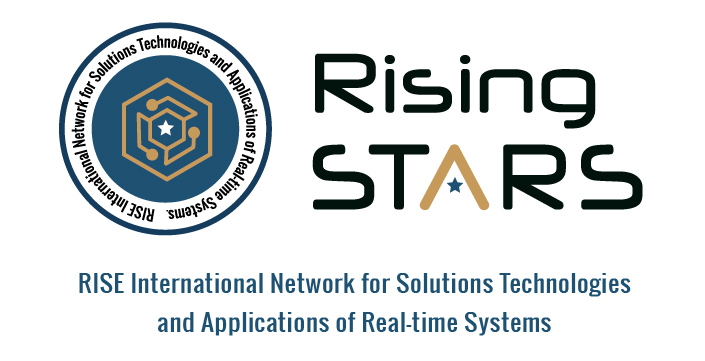Projectes
Es esencial diseñar antivirales capaces de inhibir, a la vez, diversos coronaviruses, introduciendo así una serie de moléculas que puedan actuar como primera línea de choque en mutaciones de SARS-CoV-2 y en las pandemia venideras. Para ello, es imprescindible localizar dianas con alta similitud, bien caracterizadas estructuralmente, y realizar un...
The EXSCALATE4CoV (E4C) project aims to exploit the most powerful computing resources currently based in Europe to empowersmart in-silico drug design. Advanced Computer-Aided Drug Design (CADD) in combination with the high throughput biochemicaland phenotypic screening will allow the rapid evaluation of the simulations results and the reduction of time for the discovery ofnew...
The HBP is now poised to start the last of four multi-year work plans, which will take it to the end of its original incarnation asan EU Future and Emerging Technology Flagship. Our plan is that the end of the Flagship will see the start of a new life forthe HBP, as an enduring European scientific research infrastructure, EBRAINS, that is on the European Strategy Forum on...
The EU-funded CausalBoost project will apply an innovative method to improve S2S forecasts of MED rainfall. The approach relies on a combination of innovative causal discovery algorithms from machine learning with operational forecast models. The project will identify central S2S drivers of MED rainfall, systematically assess them with prediction models and produce process-based bias...
The main goal of Rising STARS is to enable a parallel programming framework for the development and execution of advanced large-scale Cyber Physical Systems (CPS) with High Performance Computing (HPC) and real-time requirements. Overall, there is an urgent necessity to develop run-time parallel frameworks, compatible with HPC, capable of guaranteeingthat decisions made at...
The diversity, complexity and volume, as well as privacy and regulatory considerations, necessitate a collaborative and federated approach to life-science data. For scientists to find and share data across Europe and world-wide, ELIXIR needs to continuously develop and connect its services. The international ecosystem provided by ELIXIR with 220 institutes in 23 Nodes,...
El projecte té com a objectiu generar els recursos lingüístics necessaris per al català, que permetin i facilitin desenvolupar aplicacions en llenguatge natural com chat bots, traductors automàtics, aplicacions d'extracció d'informació o resum automàtics. La tecnologia de...
MT4All aims to create bilingual resources and translation models for language pairs that lack sufficient parallel corpora, by leveraging recent research carried out in the field of unsupervised learning. In particular, MT4All will derive bilingual dictionaries, language models and translation models between English and the following languages: Finnish. Norwegian, Latvian,...
The impact of digital technologies on industrial processes is widely discussed and often assumed as a "done deal". However, the industrial environment tends to move at its own pace, and the adoption of new digital technologies can represent a massive challenge in contexts dominated by electromechanics components.
El proyecto contribuye al desarrollo de la fusión nuclear como fuente de energía segura, limpia y prácticamente ilimitada. Está enfocado para el ITER, el cual es un proyecto internacional de I+D en fusión nuclear que se está construyendo en Francia. ITER será el mayor reactor experimental de fusión nuclear del mundo....







